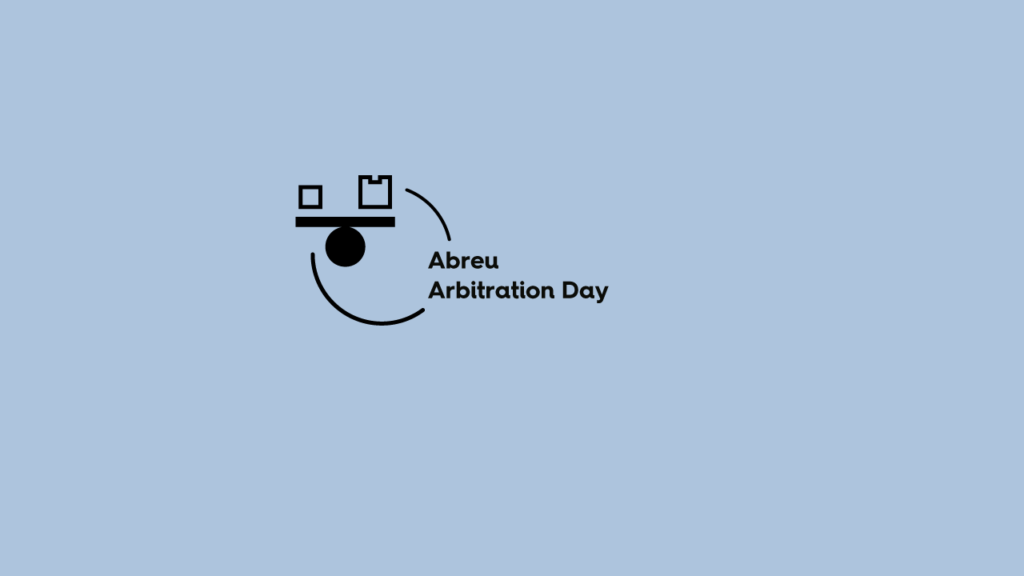Status of non-signatory parties in maritime arbitration – London and New York compared
Consent is the foundation of arbitration.
As a principle, only the parties that have executed an arbitration agreement will be bound to it. However, there are exceptional cases in which the parties can be allowed recourse or compelled to arbitration, although not signatories to the arbitration agreement.
In the maritime industry, the issue of determining whether an arbitration clause is binding on third parties is particularly relevant. The fabric of the sector is prone to disputes relating to non-signatories. It is common for maritime
contracts to be entered into by third parties within relations of agency and for agreements to be assigned. Also, the issue of whether bills of lading can bind a holder to the charterparty arbitration clause is often debated. The sophistication of modern-day maritime commerce has led that operators such as ship-owners, charterers and cargo owners frequently function in a corporate group structure in which the affiliated companies operate in specific areas concerning interrelated transactions, and in some cases, as a mere “front” for other companies. These scenarios are fertile ground to place the question of who is actually bound to an arbitration agreement.
The purpose of this article is to analyze and discuss the approaches taken by the arbitral tribunals and by the courts regarding the legal status of non-signatory parties within the context of the two major maritime arbitration hubs: London and New York.
Besides looking into jurisdictional matters, such as who should decide the issues posed, we will analyze the most relevant legal theories that have been developed and applied in each jurisdiction to approach the issue of non-signatories. A task which is not easy, since arbitrators, courts and academics often diverge on the categorization of these theories, which as we will note ahead, frequently overlap with each other.
This paper will be concluded with an analysis and reflection regarding which of the two approaches better serves the maritime community in achieving a balance between legal certainty and commercial practicality.










































